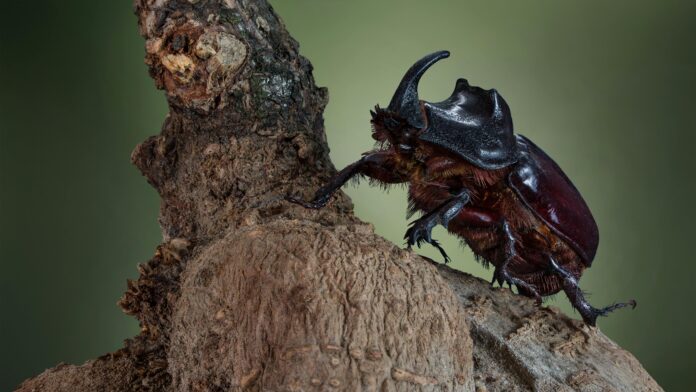Introduction – The Fascination with Animal Strength
Throughout history, humans have admired strength. From ancient mythology’s depiction of Hercules to modern-day sports like weightlifting, power has always been a symbol of respect and achievement. But while humans train for years to become stronger, animals are born with specialized strength that has evolved over millions of years.
The natural world is full of creatures capable of astonishing feats of power. Some can lift many times their own body weight; others can crush bones with their jaws or drag enormous prey across long distances. This diversity in strength shows that “power” is not one-size-fits-all—it takes many forms, each suited to the environment an animal inhabits.
The fascination with animal strength isn’t just about curiosity—it also has practical implications. Scientists study these abilities to develop biomimetic technology, which uses nature’s designs to inspire human innovations. For instance, understanding how a dung beetle can move such incredible loads may help engineers design small but mighty robots for rescue missions or space exploration.
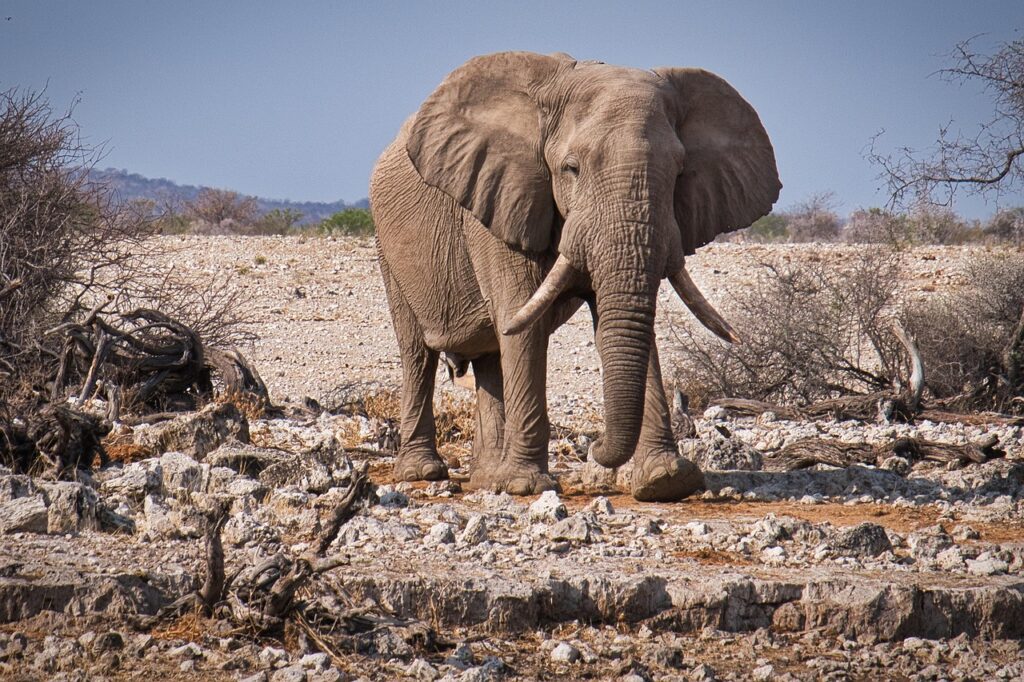
When we first hear the term “strongest animal on earth”, many of us imagine something massive, like a lion or elephant. Yet, the real record-holder is an insect small enough to fit on your fingertip. This is where nature humbles us: size is not always the best measure of power.
In this article, we’ll explore the true strongest animal, examine how scientists measure strength, compare animals across the globe, and look at the science behind their abilities. We’ll also break some myths, see how humans stack up, and explore how we can protect these mighty creatures. By the end, you might never look at a small insect the same way again.
Understanding “Strength” in the Animal Kingdom
Strength in the animal world is not a simple measurement—it depends on the context. A cheetah is strong in a sprint, but not in lifting. A crocodile has a jaw-closing force beyond imagination, but can’t open its mouth easily against resistance. This is why scientists break down strength into different categories.
Absolute Strength vs. Relative Strength
Absolute strength refers to the raw amount of weight or force an animal can exert. In this sense, the African elephant is an undisputed champion, capable of carrying up to 9,000 kg (almost 20,000 pounds). However, that’s because it’s huge.
Relative strength, on the other hand, looks at an animal’s power in proportion to its body weight. This is where small creatures dominate. For example:
- The dung beetle can pull over 1,100 times its own weight.
- A leafcutter ant can carry a leaf fragment up to 50 times heavier than itself.
If we applied this concept to humans, a relatively strong person weighing 70 kg (154 pounds) would need to lift over 77 metric tons to match the dung beetle’s achievement.
Measuring Strength in Animals
Measuring strength depends on the animal’s behavior and anatomy. Researchers use:
- Pulling or dragging tests – Common with beetles and ants, where scientists attach weights and measure the maximum force they can generate.
- Bite force meters – Used for crocodiles, hyenas, and big cats, measuring in PSI (pounds per square inch).
- Grip strength devices – Used for primates like gorillas and chimpanzees.
- Swimming and climbing resistance – Measured for marine and arboreal animals to see how they generate force in water or while hanging.
These measurements often surprise even the researchers. It’s not unusual to find that animals we overlook daily are capable of feats that defy our expectations of physics.
The Strongest Animal on Earth – Meet the Dung Beetle
At first glance, the dung beetle might seem like one of nature’s more unassuming creatures. Measuring just a few centimeters long and spending most of its time rolling balls of animal waste, it doesn’t exactly fit the image of an apex powerhouse. Yet, in the scientific world, the dung beetle is celebrated as the undisputed champion of relative strength.
Why the Dung Beetle Wins the Crown
The horned dung beetle (Onthophagus taurus) can pull an astonishing 1,141 times its own body weight. To put that in perspective, imagine a human weighing 70 kg (154 pounds) pulling 80 tons—the equivalent of dragging six fully loaded double-decker buses. No professional strongman or Olympic athlete even comes close.
What’s even more remarkable is that this strength isn’t just a laboratory novelty. The beetle’s survival depends on it. Male dung beetles engage in intense competition for mates, and strength is their key advantage. They dig tunnels beneath dung piles and then roll their prize—a ball of dung—into the tunnel. This dung ball is not only a food source but also a nursery where females lay their eggs.
How Scientists Discovered Its Strength
Researchers from the University of London conducted controlled strength tests using tiny harnesses and measured the force the beetles could exert. To their astonishment, the dung beetles easily exceeded the capacities of much larger animals in relative terms.
The experiment revealed two important points:
- Natural selection favors extreme strength in this species because stronger males win more mating opportunities.
- The beetle’s strength is not purely muscular—it’s also due to their unique exoskeleton structure, joint leverage, and specialized leg muscles optimized for pulling.
Top 10 Strongest Animals Ranked by Relative Strength
While the dung beetle sits at the top of the list, many other creatures demonstrate incredible power for their size. Let’s look at them in detail.
1. Dung Beetle – The Tiny Titan
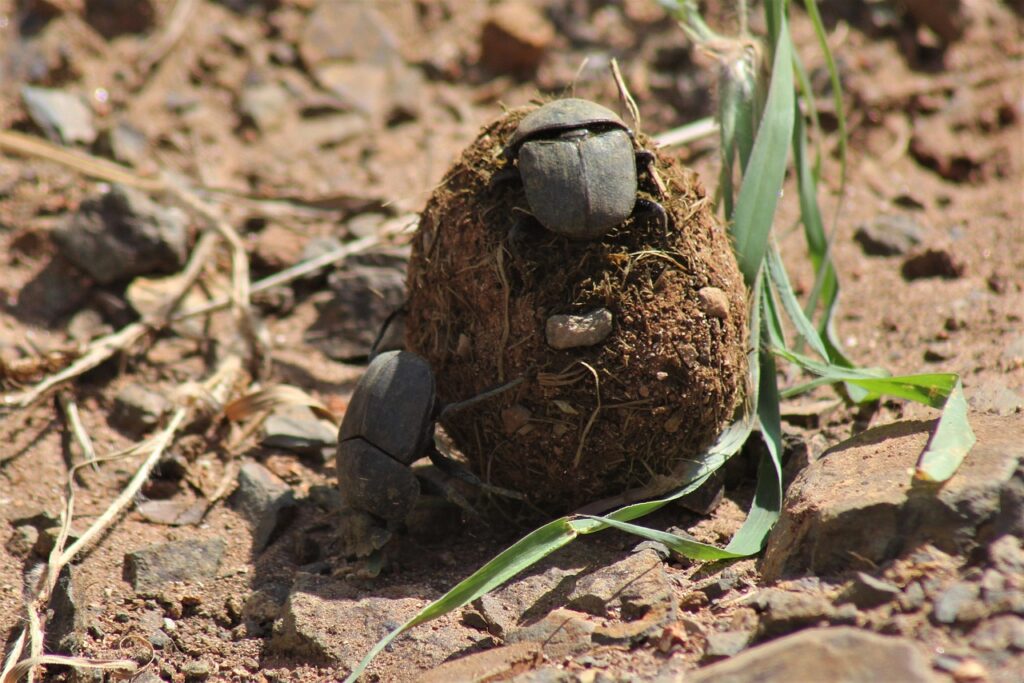
- Relative Strength: 1,141x body weight.
- Survival Skill: Rolls dung balls for food and breeding.
- Interesting Fact: Males often engage in “horned battles,” locking their curved horns like gladiators.
2. Leafcutter Ant – The Heavy Lifter
- Relative Strength: 50x body weight.
- These ants harvest leaves and carry them back to their underground colonies to cultivate fungus, which serves as their food source.
- Unique Ability: Uses powerful mandibles to cut through tough vegetation, often working in perfectly coordinated lines.
3. Rhinoceros Beetle – The Armored Champion
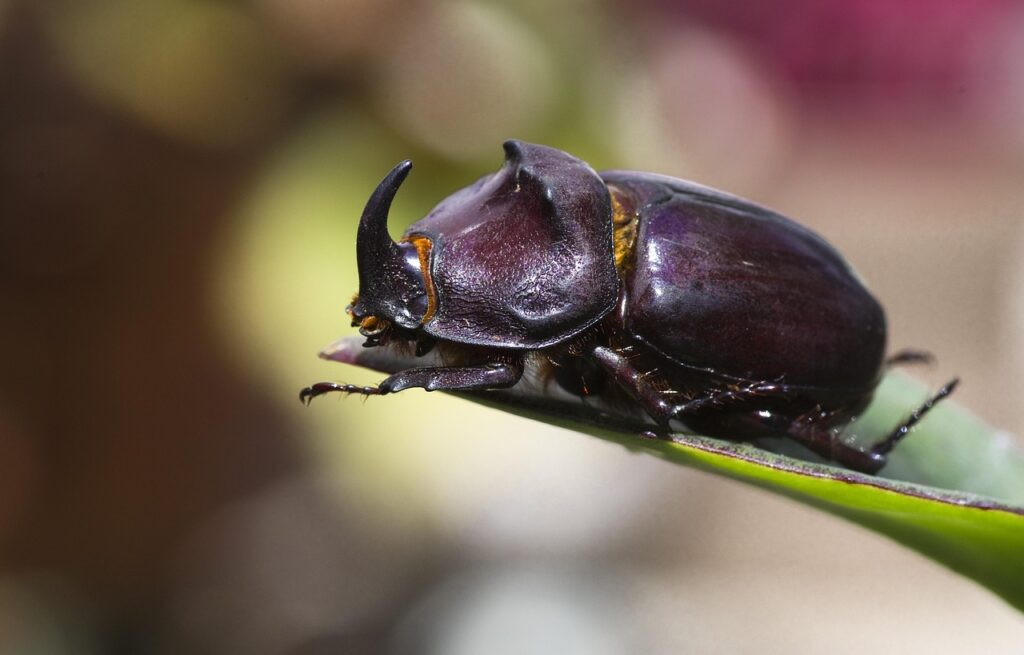
- Relative Strength: 850x body weight.
- Named for the large horn on its head, which it uses for flipping rivals and digging.
- Its incredible lifting power helps it burrow and navigate dense vegetation.
4. Gorilla – The Primate Powerhouse
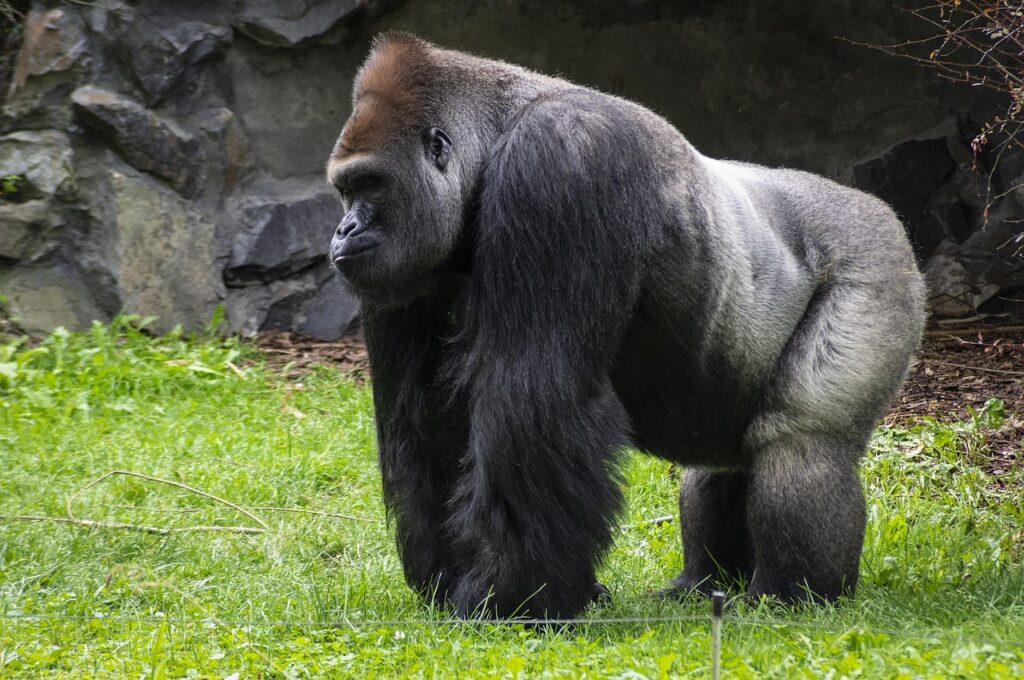
- Relative Strength: 10x body weight.
- A silverback gorilla can lift around 1,800 kg (4,000 lbs).
- Their upper body strength allows them to climb trees and defend their troop from predators.
5. African Elephant – The Massive Muscle

- Absolute Strength Leader: Can lift or carry around 9,000 kg.
- Their trunk alone has over 40,000 muscles, giving them precision and force for lifting logs or uprooting trees.
6. Grizzly Bear – The Fierce Forager
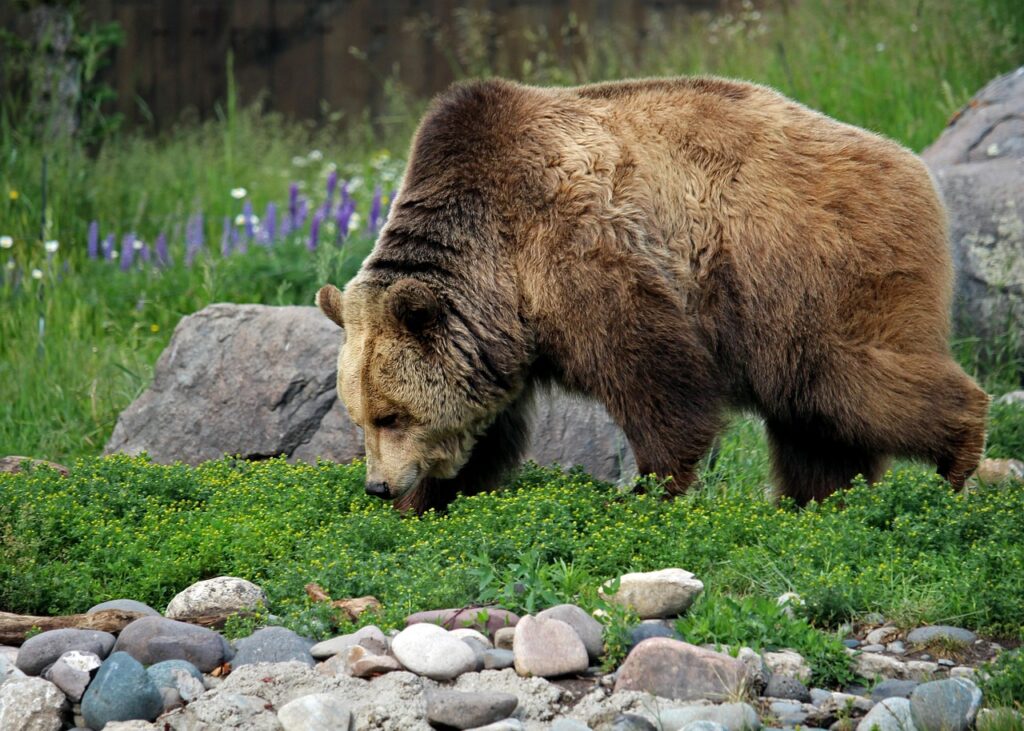
- Can move heavy boulders and drag large prey long distances.
- Fun Fact: Their digging strength is unmatched among North American mammals.
7. Tiger – The Stealthy Striker
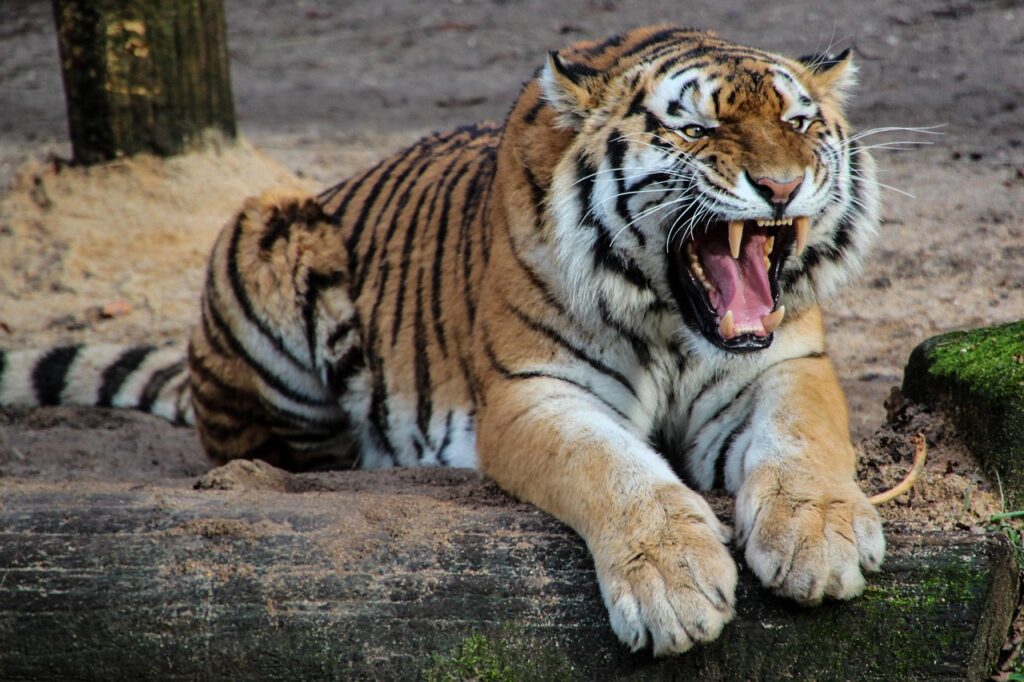
- Bite Force: 1,050 PSI.
- Capable of dragging prey heavier than itself into cover.
- Uses explosive muscle bursts for hunting.
8. Anaconda – The Crushing Constrictor
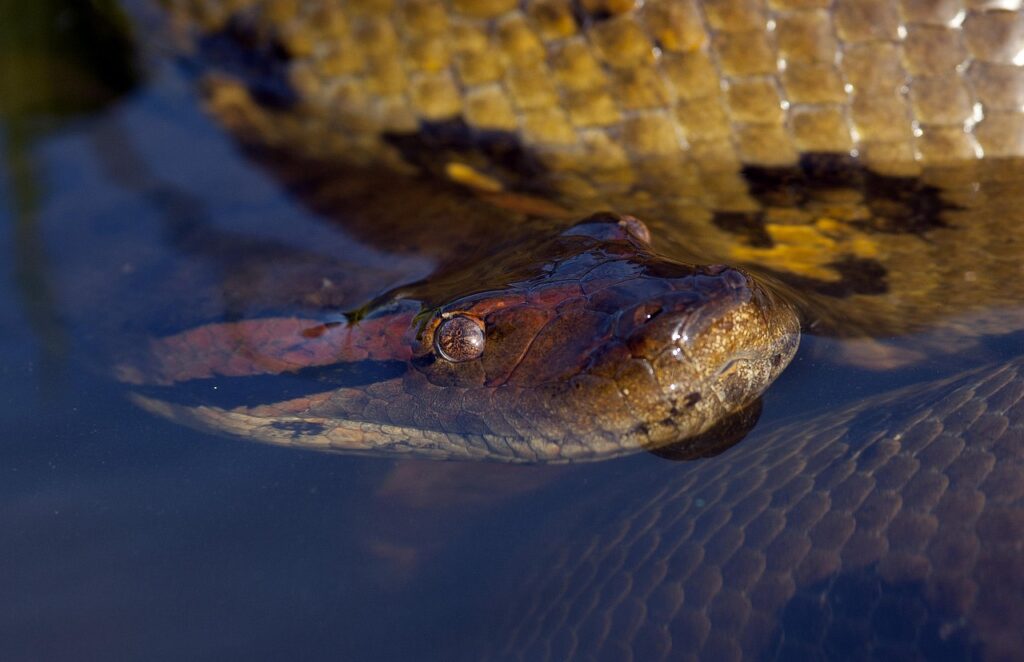
- Uses muscular coils to exert pressure exceeding 90 PSI per square inch across large areas of prey’s body.
- Can crush and suffocate large mammals before swallowing them whole.
9. Eagle – The Sky’s Predator
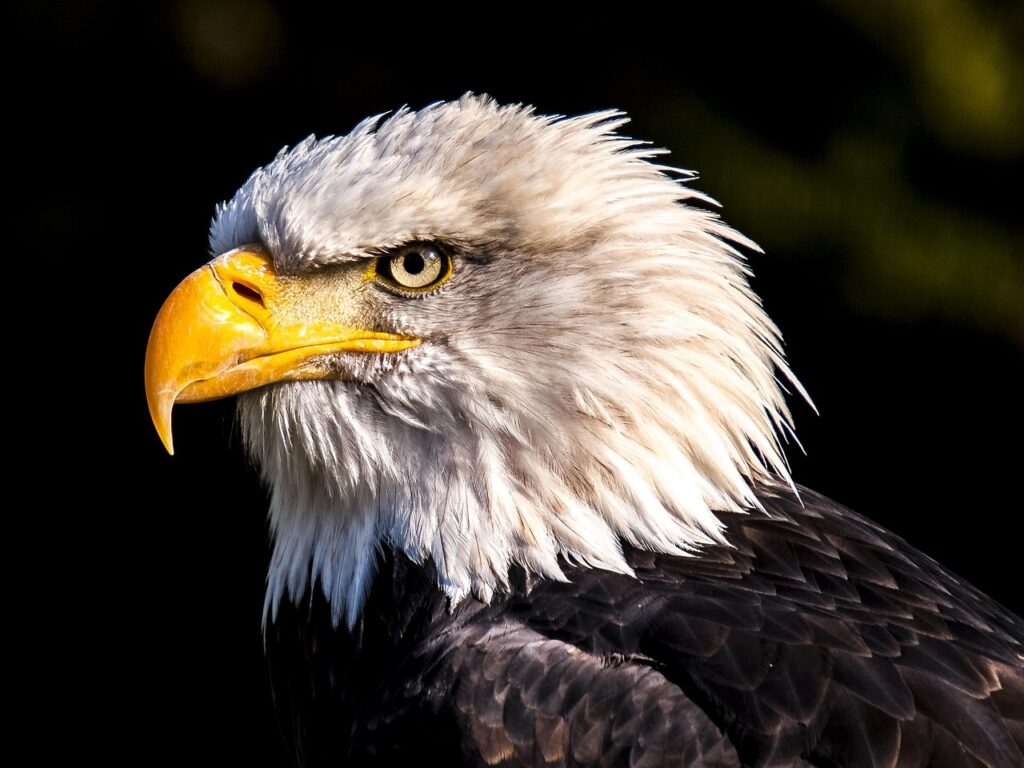
- Can lift prey equal to or greater than its body weight while in flight.
- Notable Species: The harpy eagle has talons as strong as a grizzly bear’s grip.
10. Ox – The Farmer’s Helper
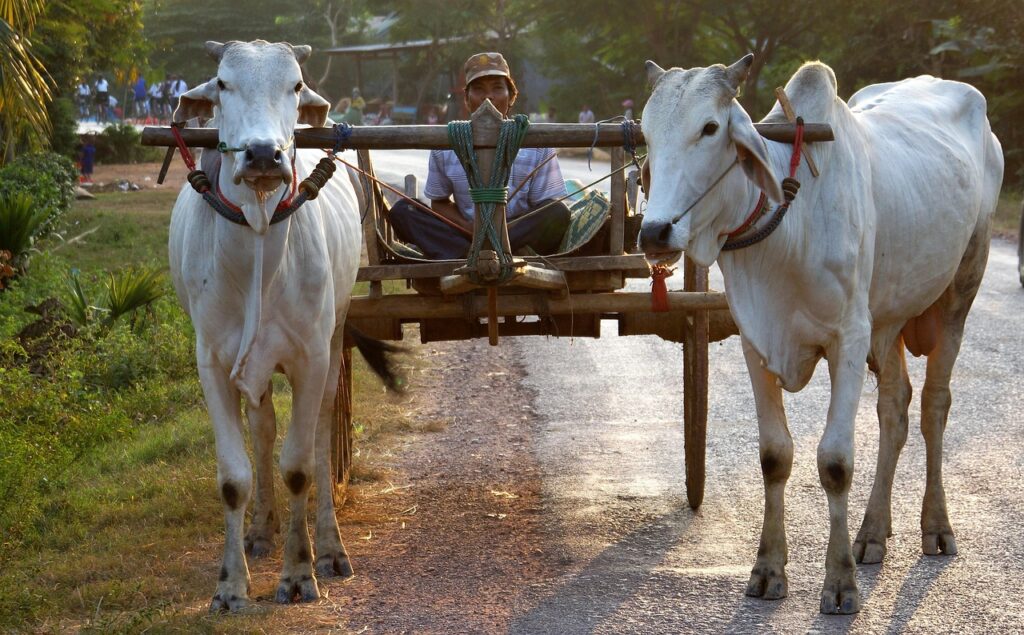
- Known for stamina and sustained pulling power.
- Can pull plows and heavy carts weighing nearly a ton over long distances without rest.
The Science Behind Animal Strength
When we see an animal performing an incredible feat—whether it’s a gorilla bending thick branches or a beetle dragging something many times its own size—it’s natural to ask: How is this possible?
The answer lies in a mix of biology, physics, and evolution.
Muscular Structure and Force
Muscles are made up of fibers that contract when stimulated by the nervous system. The density, arrangement, and type of these fibers determine how strong a muscle can be.
- Fast-twitch fibers are designed for short bursts of power, allowing an animal to lift or move heavy loads quickly. Predators like tigers rely heavily on these fibers.
- Slow-twitch fibers are more about endurance. Animals that migrate or spend long hours foraging—such as oxen—develop these for sustained work.
Insects like dung beetles don’t have muscles arranged like ours. Instead, their muscles are anchored to an exoskeleton—a hard outer shell. This setup provides a rigid frame for leverage, allowing them to generate massive force without bulky muscle mass.
Leverage and Limb Proportions
Strength isn’t just about muscle size—it’s also about mechanical advantage.
Animals with shorter limbs often have better leverage, allowing them to exert more force over a smaller range of motion. This is why many strong insects have compact, powerful legs designed for pushing or pulling.
In humans, think of it like using a wrench: the right tool length can make turning a bolt much easier. Nature applies the same principle through limb proportions.
Bone Density and Body Mechanics
Bones are the scaffolding of muscle power. Animals with denser, thicker bones can support more muscle mass and handle greater stress.
Elephants, for example, have incredibly dense leg bones that allow them to carry their own massive weight plus additional loads.
Birds, in contrast, often have hollow bones for flight—so while they may have great relative strength in certain muscles (like their talons), they’re not built for heavy weight-bearing.
Energy Systems and Efficiency
Power also comes from how efficiently an animal’s body turns food into usable energy. Many strong species have high metabolic rates when performing physical tasks, but they also know how to conserve energy when at rest.
For instance:
- An anaconda may remain still for hours or days before striking with explosive power.
- A dung beetle spends hours rolling a dung ball but does so with astonishing endurance and efficiency.
Evolutionary Pressures and Strength Development
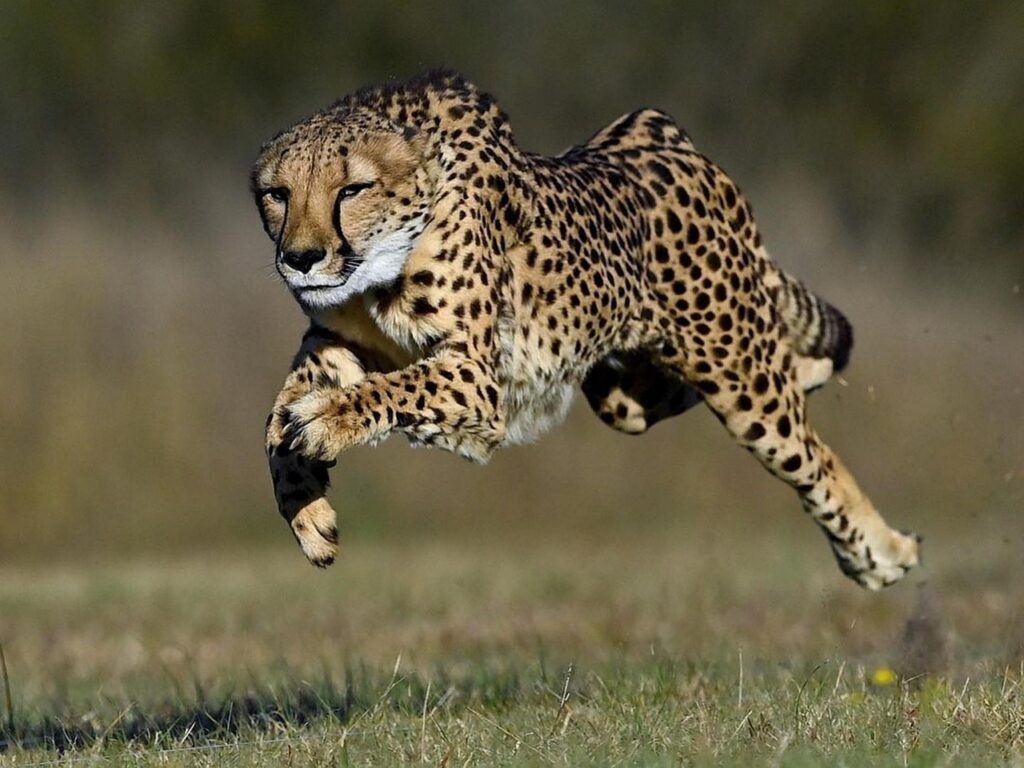
Strength in animals isn’t a random trait—it’s a result of survival needs:
- Predators develop strength to hunt, kill, and defend territory.
- Prey animals develop strength to escape, carry resources, or dig shelters.
- Competitors develop strength for mating battles, as seen in beetles and rams.
Over generations, natural selection favors individuals with the most advantageous combination of strength, stamina, and agility for their environment.
Human vs. Strongest Animal – How Do We Compare?
When it comes to raw, proportional strength, humans simply can’t compete with nature’s top performers. Even elite weightlifters—capable of lifting 2.5x their body weight—are far behind creatures like beetles or ants.
However, humans excel in versatility and adaptability:
- We can design tools to multiply our strength.
- We can train specific muscle groups for different needs.
- We have endurance unmatched by most mammals, allowing us to run long distances and work for extended periods.
Interestingly, with technology like powered exoskeletons, humans could theoretically rival or even surpass the proportional lifting abilities of the dung beetle. These devices, inspired by insect biomechanics, are already being tested for industrial and military applications.
Real-Life Applications of Animal Strength in Science and Technology
Studying the strongest animals on Earth isn’t just a matter of curiosity for scientists—it’s also a treasure chest of ideas for solving human problems. By observing how animals generate and apply force, engineers and researchers are creating new technologies that mimic these biological marvels.
Biomimicry in Robotics

Biomimicry is the practice of designing systems, machines, and materials that imitate structures found in nature.
When researchers study animals like dung beetles, leafcutter ants, and rhinoceros beetles, they’re not just admiring their strength—they’re asking, “How can we copy this?”
Examples include:
- Micro-robots inspired by insects – Small robots modeled after beetles and ants are being developed to carry loads many times their own weight for use in search-and-rescue missions. These robots could navigate rubble after earthquakes, carrying supplies or sensors to trapped survivors.
- Climbing robots – Inspired by the gecko’s ability to cling to walls, these robots use specialized adhesive pads to scale vertical surfaces while carrying significant weight.
Dung beetles, in particular, have inspired the development of wheel and traction systems for robots designed to move heavy loads over uneven terrain—ideal for planetary exploration.
Lessons from Nature for Engineering
Animal strength doesn’t always mean big muscles. Sometimes, it’s about smart design. Engineers have learned that:
- Lever systems in beetle legs can be replicated in crane and excavator arm designs to increase lifting efficiency without adding bulk.
- Flexible yet strong exoskeleton structures could inspire safer, lighter protective suits for humans in hazardous jobs.
For example:
- Exoskeleton suits modeled after insect biomechanics are now being tested for use in factories, allowing workers to lift heavy objects with minimal strain.
- Muscle fiber research from big cats and primates is guiding the creation of artificial muscles for prosthetics, giving them greater power-to-weight ratios.
Medical and Rehabilitation Applications
Strength research also impacts medicine. By studying how animals recover from muscle injury and regenerate tissue, scientists are developing new treatments for:
- Muscle atrophy caused by aging.
- Injuries in athletes and soldiers.
- Nerve damage rehabilitation.
The way certain insects and reptiles adapt their strength after losing a limb is inspiring next-generation prosthetic designs with better functionality and energy efficiency.
Military and Industrial Uses
The military sees obvious value in copying the strongest animals:
- Load-carrying exoskeletons for soldiers, inspired by beetle leverage, could allow them to carry over 100 kg without fatigue.
- Heavy-duty drones modeled after eagles could lift and transport large equipment across challenging terrain.

In industry, biomimicry from strong animals has already influenced:
- Heavy-lift cranes with beetle-like pivot points for stability.
- Cargo drones that use talon-like grippers to pick up and drop loads.
Myths and Misconceptions About the Strongest Animal on Earth
When most people think of the “strongest animal,” their minds jump to lions, tigers, or elephants. While these animals are undeniably powerful, the real record-holder is an unexpected underdog—quite literally small enough to crawl across your fingertip. Let’s clear up some of the biggest misconceptions.
Myth 1: The Lion Is the Strongest Animal
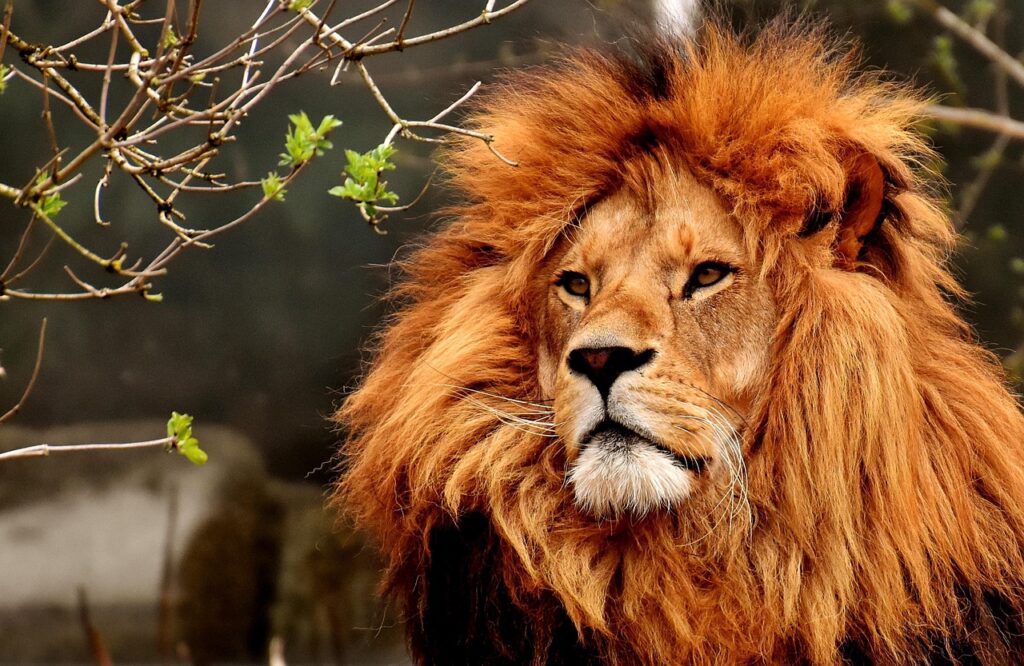
The lion is often called the “King of Beasts,” but its reputation is more about hunting skill and dominance than raw strength. In terms of proportional lifting ability, the lion doesn’t even come close to beetles, ants, or even some birds of prey.
Reality: Lions are apex predators but are not the strongest by relative or absolute metrics. They excel at teamwork and hunting strategy, not weightlifting.
Myth 2: Bigger Means Stronger
Many assume that the largest animal must be the strongest. While size often correlates with absolute strength, it says little about relative strength. The African elephant may carry enormous loads, but in proportion to its size, it’s far weaker than a dung beetle or leafcutter ant.
Reality: Strength has to be measured proportionally to get a fair comparison.
Myth 3: Humans Rank High on the Strength Scale
Thanks to gyms, supplements, and world records in powerlifting, some believe humans are among the strongest creatures alive. But compared pound-for-pound with ants, beetles, or gorillas, we fall far behind.
Reality: Our advantage lies in endurance, intelligence, and the ability to use tools—not raw power.
Myth 4: Only Predators Are Strong
Many people associate strength with animals that hunt for a living. However, some of the strongest animals are herbivores or scavengers. The ox, for example, is one of the strongest domesticated animals, and dung beetles use their power for rolling food, not catching prey.
Reality: Strength evolves in many species for different purposes—defense, reproduction, or environmental adaptation.
Myth 5: Strength Is the Same Across All Movements
An animal that can lift a heavy load might not be able to exert the same force when running, climbing, or biting. For example, crocodiles have one of the strongest bite forces in the animal kingdom but relatively weak jaw-opening muscles.
Reality: Strength is specialized—animals are built for the specific challenges of their environment.
Protecting Nature’s Strongest Species
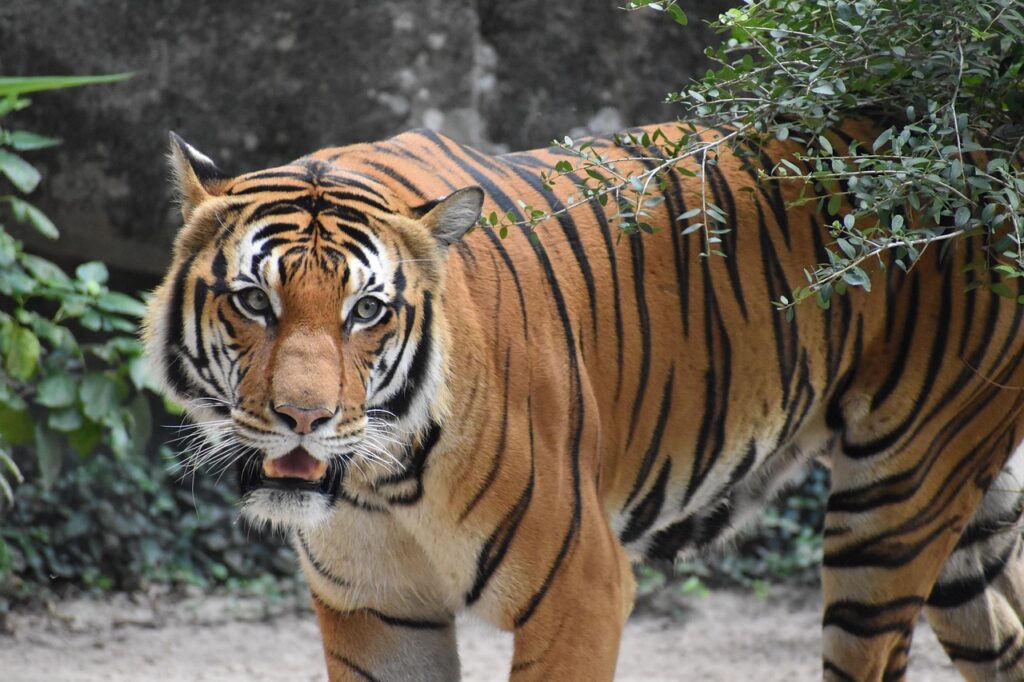
Strength doesn’t make an animal invincible. Many of the world’s strongest species are vulnerable or endangered due to human activity, habitat loss, and climate change.
Conservation Efforts
- Elephants are protected under international laws, yet poaching for ivory continues.
- Tigers face severe habitat loss, with fewer than 5,000 left in the wild.
- Even dung beetles are threatened in some regions by pesticide use and livestock management practices that reduce their food sources.
Wildlife organizations and research groups are working to:
- Preserve natural habitats.
- Implement stricter anti-poaching laws.
- Educate communities about the ecological roles of these animals.
Why Strength Alone Doesn’t Guarantee Survival
The sad truth is that even the mightiest creatures can’t resist bulldozers, deforestation, or pollution. In fact, highly specialized species like the dung beetle are often more vulnerable because their survival depends on a very specific ecological balance.
If humans fail to protect these animals, we risk losing not only their physical presence but also the valuable knowledge we can gain from studying their biomechanics and survival strategies.
FAQs About the Strongest Animal on Earth
Q1: What is the strongest animal pound for pound?
A: The horned dung beetle (Onthophagus taurus) holds the record for relative strength, capable of pulling over 1,141 times its body weight. In proportion to size, no other known animal matches its pulling ability.
Q2: Which animal has the strongest bite?
A: The saltwater crocodile wins this category, delivering a bite force of over 3,700 PSI (pounds per square inch). That’s strong enough to crush bone and even metal under certain conditions.
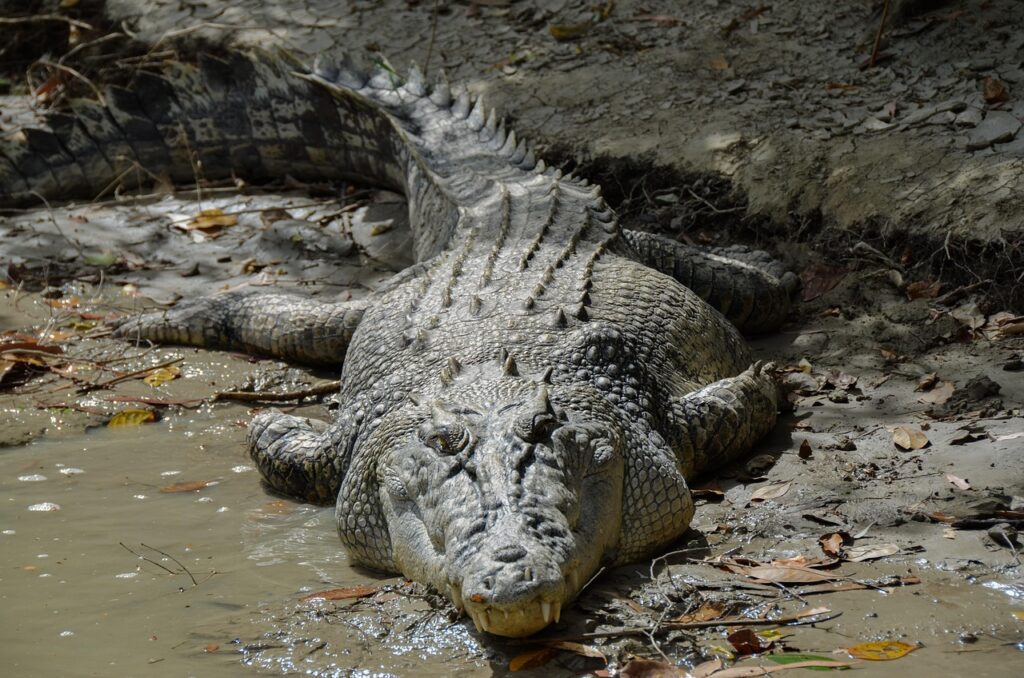
Q3: Is the elephant stronger than the gorilla?
A: In absolute strength, yes—the African elephant can carry or push far heavier loads than any gorilla. But proportionally to body weight, gorillas are stronger, capable of lifting 10 times their own weight compared to the elephant’s 1.4 times.
Q4: Can humans ever match animal strength?
A: Naturally, no. Even the world’s strongest humans can’t approach the proportional feats of insects like ants or beetles. However, with technology such as exoskeleton suits, humans can surpass animal lifting abilities in controlled environments.
Q5: Are insects generally stronger than larger animals?
A: In terms of relative strength, many insects outperform large mammals. Their small size and exoskeleton leverage allow them to generate enormous force compared to their weight.
Q6: Why do scientists study animal strength?
A: Researching animal strength helps us understand evolution, biomechanics, and physical adaptations. It also inspires innovations in robotics, engineering, and medical technology.
Conclusion – The True Meaning of Strength in Nature
When we talk about the strongest animal on earth, it’s tempting to imagine lions wrestling prey or elephants uprooting trees. Yet nature teaches us a humbling lesson: raw strength isn’t always about size—it’s about proportion, efficiency, and adaptation.
The dung beetle, a tiny insect rolling a ball of waste, outperforms every giant in relative power. Gorillas, ants, crocodiles, and eagles each excel in their own specialized forms of strength, perfectly tuned for survival in their habitats.
But this strength is not a shield against human-driven threats. Habitat destruction, climate change, and overexploitation can fell even the mightiest creatures. Protecting them means safeguarding not just individual species but the delicate ecosystems that allow their extraordinary abilities to thrive.
In the end, strength in nature is about balance—between muscle and mind, size and efficiency, power and responsibility. If we learn from the strongest animals, perhaps we can build a world where power is measured not by domination, but by the ability to preserve and protect.

